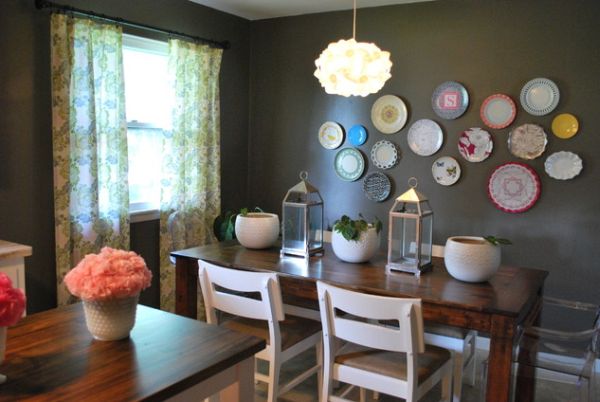Building a smart home on a tight budget is possible – the first step should be identifying your smart home goals and budget constraints.
Start with a central command hub like Amazon Echo or Google Assistant that connects with multiple devices such as plugs, lights and thermostats.
Lighting
Imagine entering your home to find all your lights instantly turning on, your music playing perfectly and the temperature precisely set – this is the dream of smart home living, now more accessible to anyone looking to turn their living space into a high-tech haven of convenience, automation, and personalized comfort.
Smart home gadgets can be costly, but many don’t realize you can create an effective smart home without draining your budget. Prioritize and plan out what features will serve your needs best to achieve that end goal.
Start by switching out traditional lightbulbs for smart ones like Philips Hue or Wyze that allow you to control them via smartphone app or voice command. You can set schedules to turn lights on/off or alter colors based on mood; plus LED bulbs use 75% less energy than incandescents while lasting 25 times longer!
Next, consider installing smart plugs into household appliances, such as lamps and coffee makers. These gadgets allow for basic level automation that could save you money by shutting off devices at specific times of day. In addition, there are smartphone apps to automate more complex tasks, including sleep cycle tracking apps that sync with alarm clocks to mimic nature and help make sleep more effortless; as well as weather apps that trigger adjustments based on forecasts based on forecasts.
Security
Once upon a time, creating a smart home meant spending thousands of dollars and hiring an installer. Now there are affordable devices that automate lighting and monitor security at a fraction of that cost – plus you can begin gradually expanding your system with each device added.
Start off your smart home experience with a smart security camera that can detect motion, send alerts directly to your phone, and let you know when you’re not home. Next up are smart lights that automatically dim or turn off. Or try using a smart thermostat to save energy and cut utility costs; don’t forget the voice-controlled smart speakers which allow for control of entertainment devices and connected devices in your home!
When selecting devices, opt for those using standardised communication protocols such as Zigbee, Z-Wave or Matter. These protocols ensure interoperability among various brands and devices as well as regular updates that extend functionality and longevity. You’ll also require an internet connection capable of supporting all the demands placed upon it by your connected devices; Verizon Fios offers gigabit speeds suitable for this task while an extender might help provide coverage and prevent connectivity issues in your home.
Appliances
Imagine living in a world in which lights turn on as soon as you step through the door, coffee is ready before dawn arrives and thermostats automatically adjust to your desired temperature settings – such technology has long been imagined as science-fiction fare, but now thanks to digital innovation it has become achievable and affordable reality.
Homeowners face the difficulty of selecting products and devices for their smart home system. With new innovations being released every day, it may be challenging to select those which best meet their needs.
Your budget may dictate whether investing in a smart hub would make sense; Amazon Echo and Google Home both support a variety of devices so you can easily control lights, thermostats and appliances using just taps on your smartphone or voice commands.
Install a smart plug that is compatible with the devices and appliances you already own, for easier switching on/off of appliances with voice command or via button press, while monitoring energy use and controlling costs. For instance, this type of device enables you to easily switch on/off appliances when away or power up during off-peak hours when electricity costs are less costly.
Automation
Imagine coming home to an intelligent-looking space that automatically lights up, plays your favourite music and sets the perfect temperature based on your needs and comfort level. No more fumbling with remotes and thermostats or feeling as though your home hasn’t advanced since the 80s; smart planning and strategic choices now allow us to build truly intelligent homes that are user-friendly, cost effective and user-friendly.
Budget-conscious automation systems such as smart bulbs, plugs and voice assistants allow you to easily control lighting, appliances and locks – from lights and appliances through locks and gates – as well as lighting control services like Alexa, Google Assistant or Apple HomeKit. Also consider opting for devices compatible with each other like hubs that support specific platforms (Alexa, Google Assistant and Apple HomeKit for example) while other smart devices come equipped with built-in compatibility features.
To maximise energy efficiency, look for devices equipped with built-in sensors to detect motion, light and humidity. Using these smart sensors you can set custom automation rules and reduce your energy bills.
Avoid investing all at once by spreading out your purchases over time. Begin with key pieces like a smart thermostat and then gradually add devices that meet your needs over time – you may even repurpose existing gadgets such as old TVs and speakers into smart home technology! Also keep an eye out for deals or discounts during shopping events to reduce the costs of smart devices.
